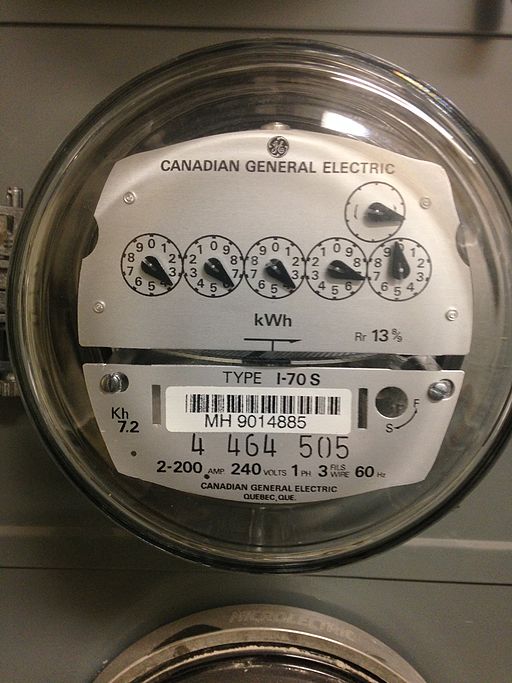If you’re a small business here in Ontario, odds are that your electricity is charged on a “time of use” basis.
In fact, the Ontario Energy Board (OEB) has been shifting businesses like yours (along with residential customers) to this pricing approach since 2005, and making your usage more easily adjusted and tracked with “smart” meters since 2010.
It’s all part of a $2 billion project by the province to cut electric demand by shifting customers away from the tiered pricing that today is applicable to only about 10 percent of customers.
But, has time-of-use pricing lowered your electric bill or increased your energy savings?
Despite a host of other benefits to time-of-use pricing, the short answer would be…no. In fact, Ontarians’ power costs are more than any other province’s, skyrocketing 82 percent (at peak periods) since 2010, according to a report late last year by CBC News .
Managing your power use more efficiently–and getting better energy savings–starts with understanding time-of-use pricing.
It’s based on the fact that energy is less expensive to produce when there is less of it being used. This leads many industrial customers, which typically use this pricing method throughout Canada, to plan their production schedules around non-peak times.
Ontario’s time-of-use electric pricing changes with the season, with three price periods:
- Off-peak, or 7 p.m. to 7 a.m. weekdays and around the clock on weekends and holidays.
- Mid-peak, or between 11 a.m. and 5 p.m. weekdays.
- On-peak, or 7 to 11 a.m. and 5 to 7 p.m.
When demand is lower, the majority of power is generated by Ontario’s nuclear generators and large hydroelectric stations that run all the time. During peak times, other, higher-cost sources may be turned to when needed, like natural gas-fired plants. Renewable sources, solar and wind, are also tapped into when available.
Compare time-of-use pricing to tiered pricing. That approach allots a certain amount of monthly energy per month. If you exceed that level, your rate goes up.
Sounds like time-of-use is more controllable, right?
Plus, you’re helping the environment by helping cut down on greenhouse gas emissions and helping to ease the pressure on Ontario’s energy grid.
So, why are you paying more despite the promised efficiencies of time-of-use pricing?
A lot of factors have played a role, not the least of which have been well-intended public policy decisions that ultimately led to overcapacity. According to our Auditor-General, we have the capacity to produce 30,203 megawatts of power but only need, on an average day, 15,959. Moreover, according to most assessments, the pricing structure has not provided sufficient incentives for shifted or lowered use.
There may be ways to better manage your power costs and increase your energy savings that you are not aware of. Active Business Services works with businesses of all sizes with both basic and comprehensive energy assessments to understand your business operation, energy requirements, financial objectives and risk appetite.
There may be more incentives than you know of to make time-of-use pricing pay off. Or, you may be in a position to better manage your electricity costs through a different purchasing strategy – like market price or block products – that help you mitigate your risk. It doesn’t hurt to ask. And you might well save some money in the process.

